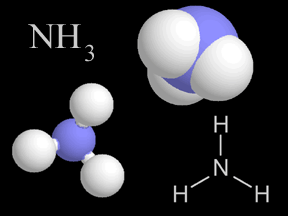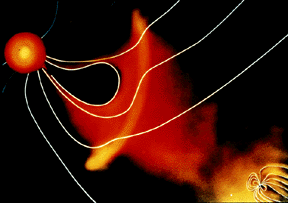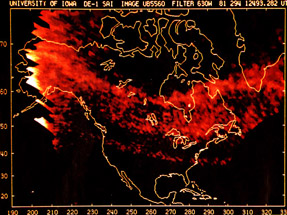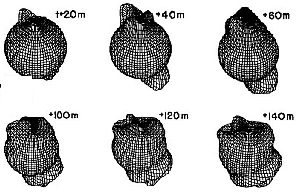Glossary : Greenhouse Gas
A gaseous component of the
atmosphere contributing to the
greenhouse effect. Greenhouse gases are transparent to certain
wavelengths of the sun's radiant energy, allowing them to penetrate deep
into the atmosphere or all the way into the Earth's surface. Greenhouse
gases and clouds prevent some of the infrared radiation from escaping,
trapping the heat near the Earth's surface where it warms the lower
atmosphere. Alteration of this natural barrier of atmospheric gases can
raise or lower the mean global temperature of the Earth.
Greenhouse gases include carbon dioxide, methane, nitrous oxide,
chloroflurocarbons, and water vapor. Carbon dioxide, methane,
and nitrous oxide have significant natural and human sources while only
industries produce chloroflurocarbons. Water vapor has the largest
greenhouse effect, but its concentration in the troposphere is
determined within the climate system. Water vapor will increase in
response to global warming, which in turn may further enhance global warming.
Courtesy of NASA
You might also be interested in:

Today, our climate is changing at breakneck speeds. To better understand how this speedy climate change may affect plants and animals in the future, researchers are looking into the past. The researchers
...more
Most things around us are made of groups of atoms bonded together into packages called molecules. The atoms in a molecule are held together because they share or exchange electrons. Molecules are made
...more
AU stands for Astronomical Units. Distances in space are too large to measure in Earth standards like miles or kilometers. For distances too large to measue in AU, we use light years. A light year is the
...more
The solar wind is formed as the Sun's topmost layer blows off into space carrying with it magnetic fields still attached to the Sun. Gusts and disturbances form in the solar wind associated with violent
...more
For a planet to be affected by a blob of material being ejected by the sun, the planet must be in the path of the blob, as shown in this picture. The Earth and its magnetosphere are shown in the bottom
...more
The aurora we are most familiar with is the polar aurora. This is what people are referring to when they speak of the northern or southern lights. But there are other less-known auroral activity, such
...more
This figure shows the effect of the aurora on the atmosphere. When FAC's enter the atmosphere and create the aurora, they warm the atmosphere impulsively. This impulse travels throughout the atmosphere
...more














